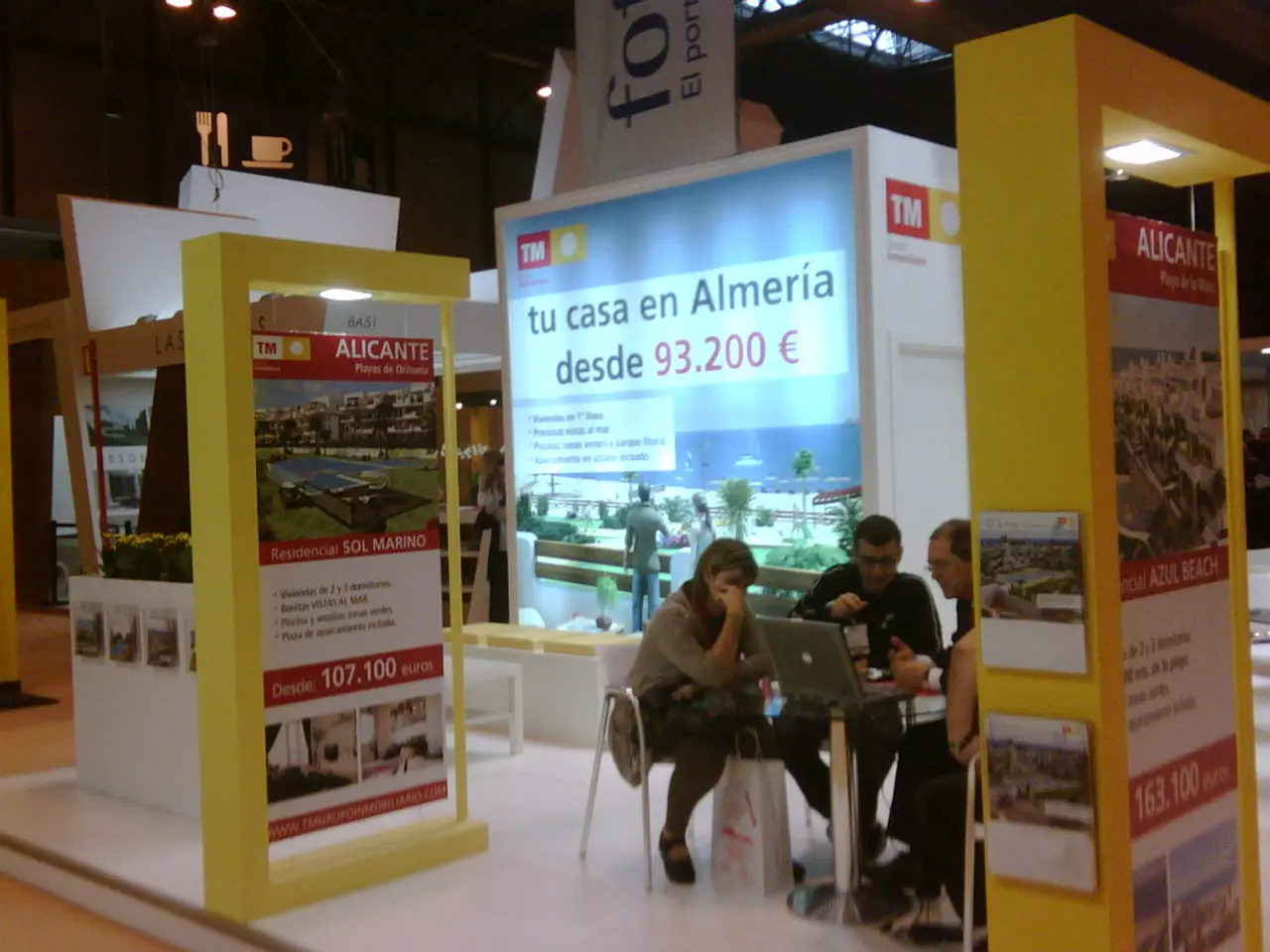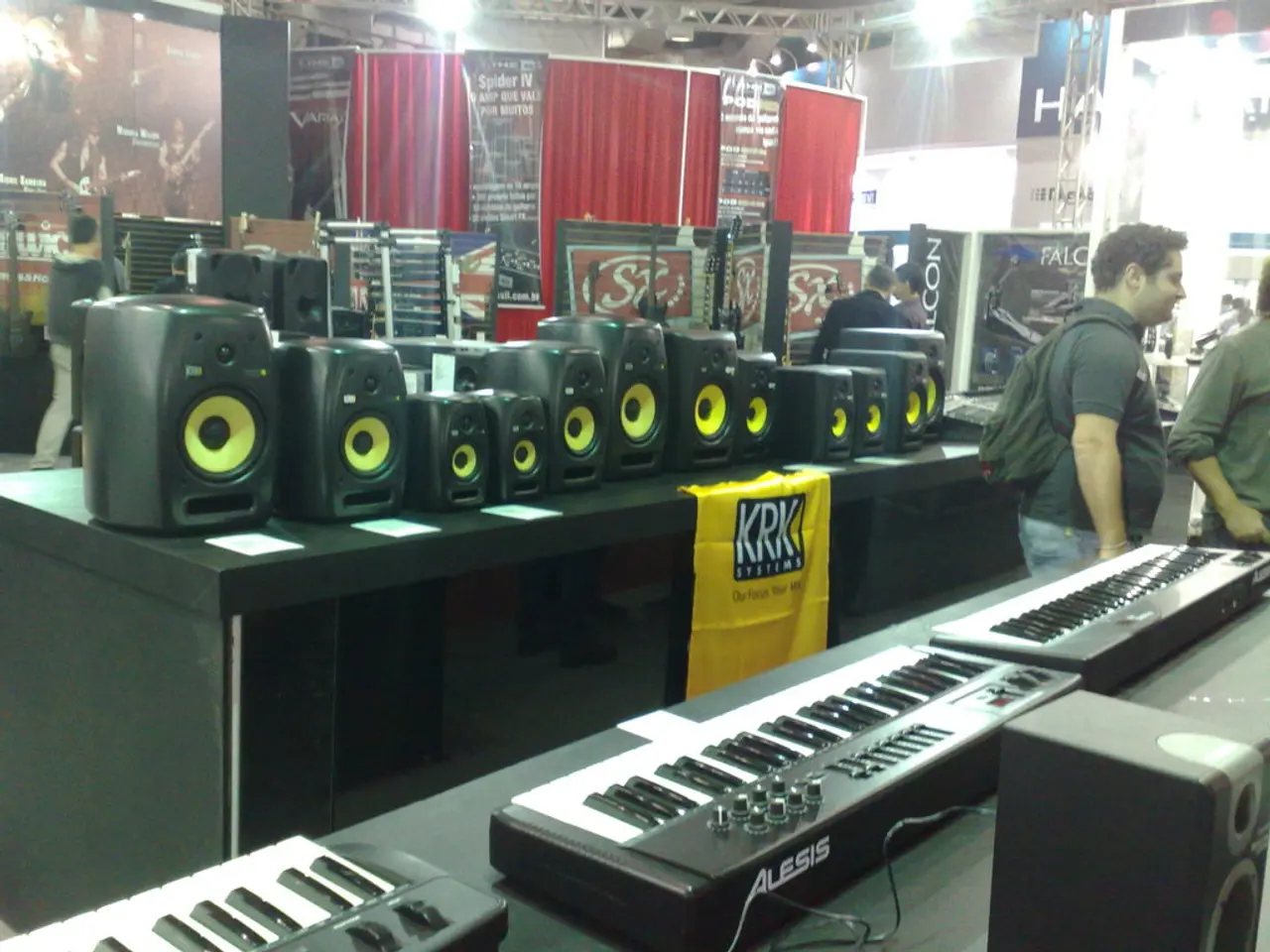Fireworks Explained: The Mechanism Behind New Year's Spectacular Displays
Every year, the skies over various cities in Germany light up with a breathtaking spectacle - the Pyrogames fireworks show. This annual event, which takes place before New Year's Eve, is a competition among pyrotechnic experts from all over the country. This year's show moved to the city of Rostock.
The Pyrogames fireworks show is a popular event, especially for fans of New Year's Eve. But what makes these fireworks so special? Let's delve into the science behind the colours and movements of these pyrotechnic displays.
Fireworks contain mixtures that create either a bang or illumination. The head created by lighting, and the resulting explosion, initiates the chemical reactions that produce the colours. Different atoms and salts produce wavelengths characteristic for their colour. For example, strontium salts produce red light, while sodium salts create a bright yellow colour. A mixture of strontium and copper salts produces purple light, and boron compounds can produce green hues.
The shape and movement of fireworks and rockets are controlled by how the pyrotechnic components (called stars) are packed inside the shell. Different arrangements create varied aerial patterns such as rings, chrysanthemums, or willows. Rockets, propelled by thrust, move upward and release their effects at the apex, while ground-based fireworks explode at specific heights to produce a range of visual effects.
The chemical reactions involved include the combustion of an oxidizer (like potassium perchlorate) with a fuel, producing hot gases and energy. Heat excites the electrons in metal salts embedded in the stars. These electrons emit photons that correspond to the characteristic wavelengths (colours) of the metal ions. The oxidizer choice and chemical formulation affect the stability and brilliance of colours, with blue being especially challenging due to copper compounds being fragile at high temperatures.
Thus, the spectacular diversity in colours and movements stems from carefully chosen metal salts and chemical mixtures combined with physical design elements that shape how the fireworks burst in the sky. Most fireworks have several charges, which create wide patterns.
The Pyrogames fireworks show is indeed a must-see for anyone who appreciates the artistry and science behind fireworks. The competition among pyrotechnic experts ensures that each show is a unique and dazzling display of colours and movements. So, if you find yourself in Germany around New Year's Eve, be sure to catch a glimpse of the Pyrogames fireworks show. It's an experience you won't forget!
[1] Chemical and Physical Principles of Fireworks Composition and Performance. (n.d.). Retrieved from https://www.researchgate.net/publication/322212464_Chemical_and_Physical_Principles_of_Fireworks_Composition_and_Performance
[2] Fireworks Chemistry. (n.d.). Retrieved from https://www.chemistryexplained.com/Au-At/Fireworks-Chemistry.html
[3] The Science of Fireworks. (n.d.). Retrieved from https://www.sciencekids.co.nz/sciencefacts/earth/fireworks.html
[4] Fireworks and Chemistry. (n.d.). Retrieved from https://www.chemistryworld.com/features/fireworks-and-chemistry/4006223.article
[5] Fireworks: A Chemical Perspective. (n.d.). Retrieved from https://www.acs.org/content/acs/en/education/whatischemistry/landmarks/fireworks.html
[1] This artistic spectacle also has a technical side, showcasing the science behind the colors and movements of fireworks, making it an intersection where science, technology, and entertainment meet.
[2] After understanding the science behind fireworks, one can appreciate the Pyrogames fireworks show not just as a stunning display but also as a testament to human ingenuity in the fields of chemistry and physics.




